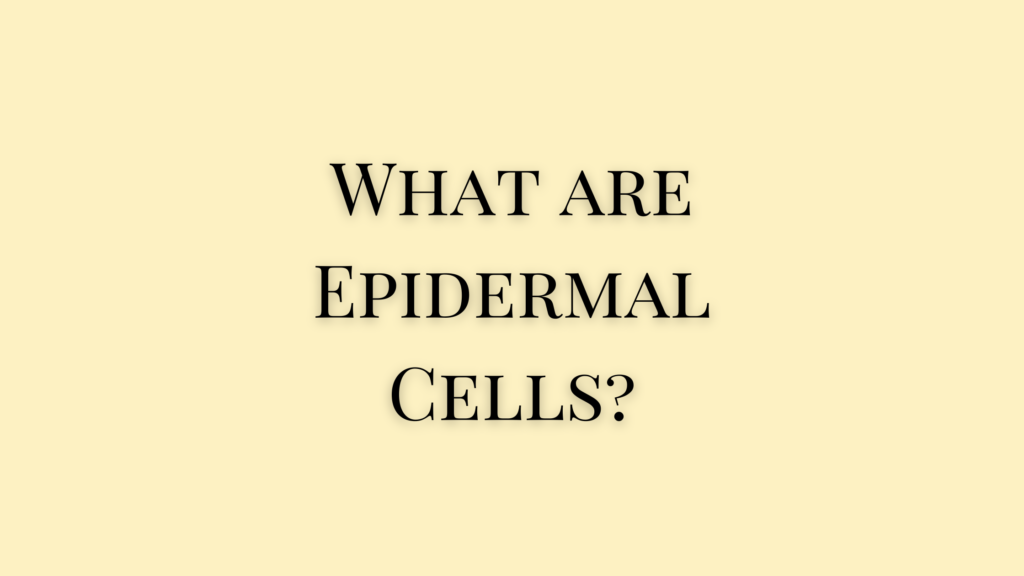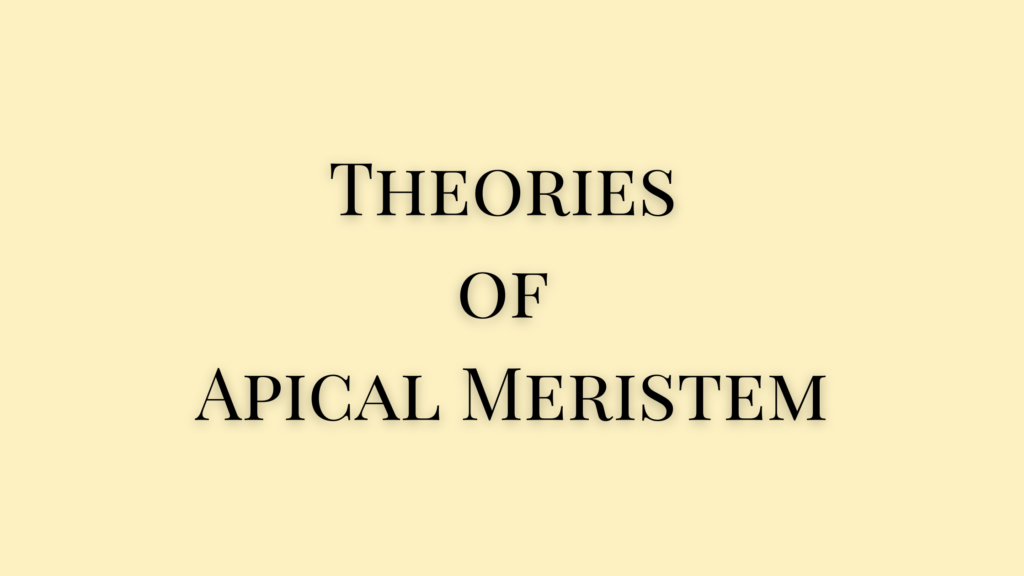What are Epidermal Cells?
Epidermal cells are derived from the dermatogen of the apical meristem. It is the outer layer of the plant’s body and exists as barrel-shaped cells or rectangular. These cells serve as a protective layer for the plants. They show depositions on their walls, cellular outgrowths, stomata, and other features.
Epidermal cells are present in almost all parts of the plants. These multifunctional surfaces can directly influence the interaction of plants with their environment. The epidermis of each part will have unique features that are specific to it.
The epidermis is usually a single layer of cells that is continuous for the small pores called stomata and lenticels in the wood. In some plants, the epidermis is double or multilayered. Eg.
Ficus elastica the rubber plant, Ficus bengalensis or banyan tree, oleander (Nerium sp.), etc.
Characteristics of Epidermal Cells
- Epidermal cells are unspecialized cells.
- The orientation of these cells differs with different plants. They may be tabular, parallelly elongated, etc. Usually, they are colorless but some may have chromoplasts or anthocyanin.
- Except in hydrophytes, epidermis cells lack chloroplast.
- In some plants, epidermal cells contain oils, tannins, crystals, etc. Eg. Grass.
- The epidermis of seeds and scales are mostly made of sclerenchyma or scelreids.
Epidermal Cell Wall
- The thickness of the epidermal cell wall varies depending on the plant, its parts, and sometimes with each wall of the same cell.
- Xerophytes have multilayered epidermis as opposed to the unilayer epidermis in other plants. These multilayered epidermis could be multiseriate.
- The outer tangential walls of epidermal cells are thicker than their inner walls. On the other hand, the radial walls are thicker towards the inner side.
- The outer wall of the epidermis is usually cutinized by cutin deposition. This layer is called the cuticle.
- Some epidermal cells of some plants will also have wax deposition which are seen as granules or rods.
- A few epidermal cells may have suberin.
- In grasses, these cells have silica.
- Conifers have thicker cell walls with lignin deposition.
- The ultrastructure of the epidermal cell shows the following layers in a cuticular epidermal cell
- Plasma membrane
- Cell wall
- Pectin layer
- Cuticular layer
- Proper cuticle
- Epicuticular wax layer
- Some plants have sculptured cuticles as seen on Solanum, Syringa, Taxus, etc.
Trichomes or Cellular Outgrowths
Most epidermal cells have epidermal hairs known as Spiderman trichomes. These trichomes may be unicellular or multicellular which can be branched or unbranched. They may be soft, stiff, or sharp.
Some types of trichomes can be glandular and secrete some sticky substance. Some trichomes are stingy and poisonous.
Stomata
Epidermis of the shoot system consists of small openings called stomata. Stomata are abundant in leaves. They are scattered in dicots but parallelly arranged in rows in monocots.
The guard cells of the stomata are kidney-shaped in dicots and dumbbell-shaped in monocots. These guard cells have chloroplast and are surrounded by differently shaped parenchyma cells known as subsidiary cells.
In plants that live in dry areas, the stomata exist deeper in the epidermis in pit-like areas. Such stomata are called sunken stomata.
However, thin-walled cells exist in regular intervals of 3-4 cells on the epidermis. These cells are called bulliform cells or motor cells usually seen in desert grasses. Bulliform cells help in the rolling up of the leaves during the hot season and reduce water loss.
Epidermal cells in roots are known as piliform layers or epiblema. They do not have cuticles or stomata. Some of these root epidermal cells have small outgrowths called root hairs.
Functions of Epidermal Cells
- The primary function of the epidermis is protection.
- It protects the internal tissues from mechanical injury, heat, cold, and parasitic attacks.
- It helps reduce excessive evaporation of water.
- In some plants, trichomes protect the plants against herbivorous animals with the help of poisonous hairs.
- Stomata in the epidermis help with gaseous exchange for photosynthesis and respiration.
- Stomata enables the removal of excess water as well.
- Root hairs facilitate water and mineral absorption.
References
- https://nickrentlab.siu.edu/PlantAnatomyWeb/LecturesDLN/Lecture7_Epidermis.html
- Sukumaran O R. Pre-Degree Botany. Murali Publications.
- Riglet, L., Gatti, S., & Moyroud, E. (2021). Sculpting the surface: Structural patterning of plant epidermis. IScience, 24(11), 103346. https://doi.org/10.1016/j.isci.2021.103346
- Abraham P C. Anatomy, Embryology & Microtechnique. 1999. St. Mary’s Books & Publ.
- https://www.jsscacs.edu.in/sites/default/files/Department%20Files/epidermis.pdf




